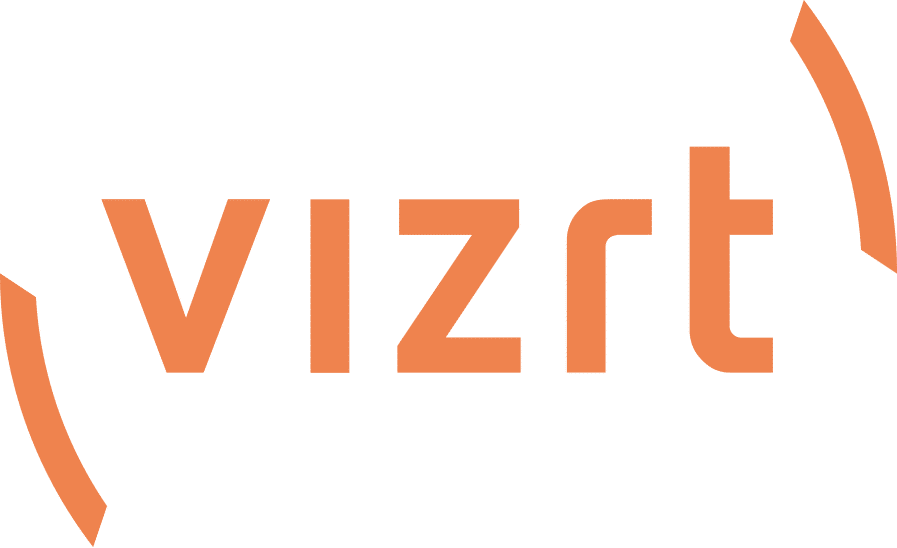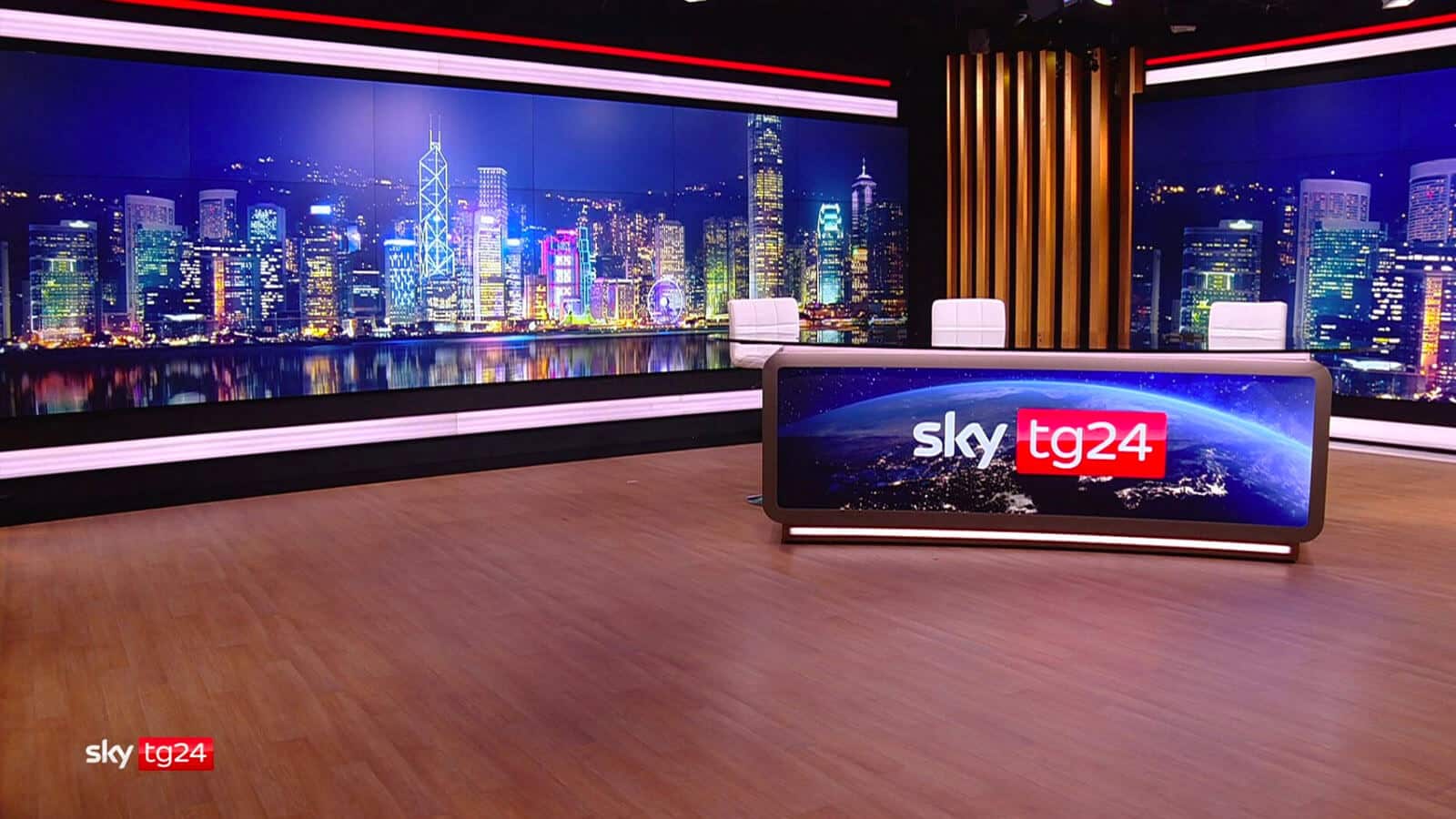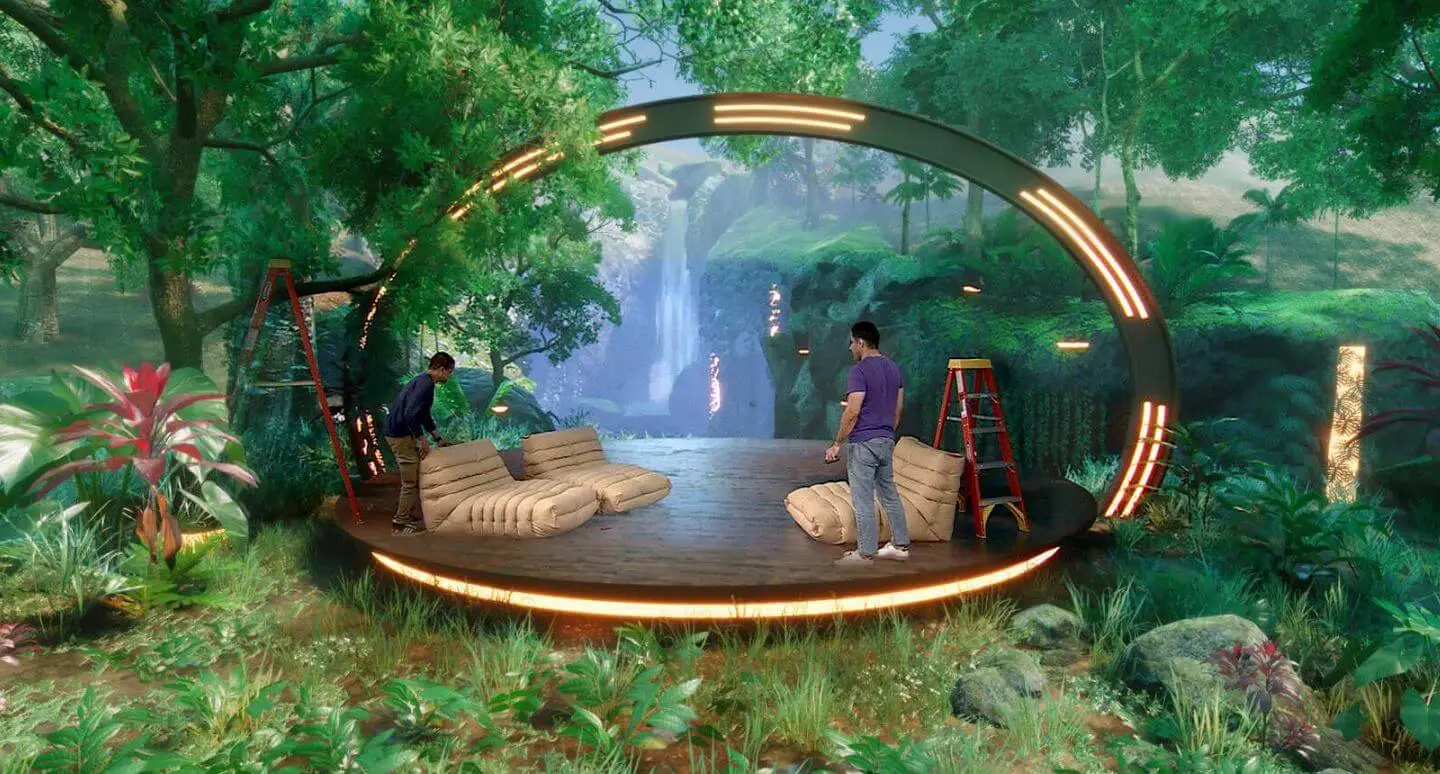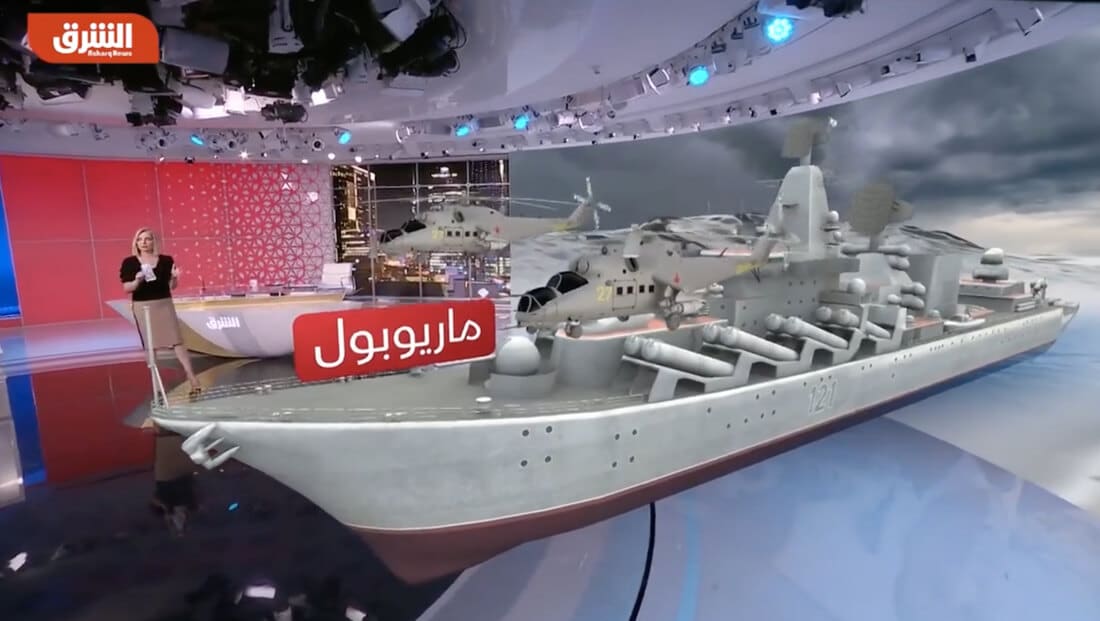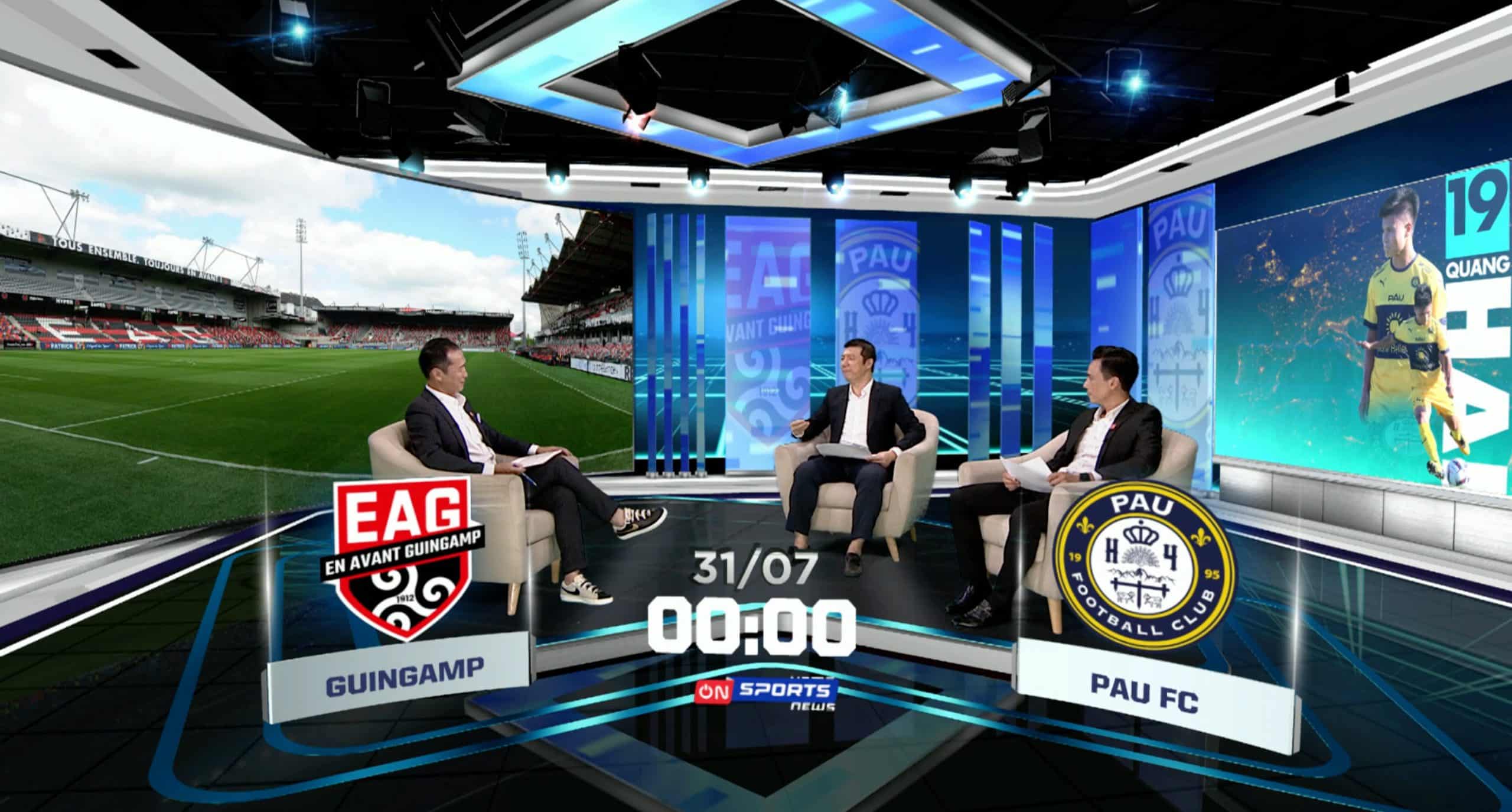Navigating the Maze of Studio Design
As television broadcasters face the challenge of declining viewership, the decision to build or revamp news studios has become more important than ever before. Today, attracting and retaining viewers demands many things, from talented on-air personalities to engaging production presentations.
From color schemes and lighting to technology integration, every aspect plays a significant role in distinguishing one broadcast from another. And, when every decision is a gamble for attention, engagement, and ultimately, profitability, how do broadcasters decide on the best studio design to enhance viewership?
As broadcasters undertake the daunting task of studio design, along comes a ‘decision dilemma’. Common questions soon surface: How do we distinguish broadcasts from those of our competitors? Can our investment in technology translate into tangible returns? How do we ensure our studio build and production approach aligns with our company brand and viewership?
If you’re considering a new studio and grappling with some of these questions as you decide, here are three common studio production design choices available today, along with the pros and cons of each to assist you.
Physical studios or hard sets
Often, people have the perspective that nothing beats the original. From a realism perspective, this is probably a fair assessment. Here are some pros and cons of the trusted and classic physical studios and hard sets:
Pros
Realism and Traditional Appeal
Hard sets provide depth and shadowing that appear most naturally onscreen. Viewers are accustomed to these sets, and in some markets, viewers and management alike prefer the traditional way.
Limited Flexibility and Obsolescence
With a one-time production cost, hard sets offer a reliable and cost-effective backdrop for news broadcasts, ensuring consistent quality and performance. They serve as a dependable foundation for news broadcasts, allowing for smooth operations and a reliable on-air presence.
User-Friendliness
Talent finds hard sets easy to navigate and interact with because they are static and naturally familiar to them. This results in a smoother and more engaging on-air presence.
Cons
Limited Flexibility and Obsolescence
Once built, hard sets offer little room for modification, and they can’t be easily adapted to changing needs. This locks broadcasters into rigid configurations, restricting adjustments to evolving production requirements, and placing limitations on scaling.
Dependability
Broadcasters often construct two to four physical sets to accommodate the various newscasts aired throughout the day. These frequent set changes demand a dedicated team to ensure smooth transitions, adding to the broadcaster’s operational costs.
Cyclical Obsolescence
Trends are changing fast and hard sets can quickly become outdated. Depending on how often a station decides to change hard set designs, broadcasters are limited in ways in which they can differentiate from the competition.
In conclusion, a hard set may offer the lowest upfront cost, but they may have the highest long-term cost because of their continual demand for manpower and the frequency with which a studio may want to rebuild their hard sets.
Virtual sets – typically chromakey
Virtual sets utilizing chroma key technology offer an innovative alternative to traditional hard sets. Let’s explore the advantages and disadvantages of integrating virtual sets into your studio setup:
Pros
Flexibility and Creativity
Virtual sets utilizing green or blue screens and keying technology offer much greater graphical flexibility than traditional hard sets. This also lets stations better reflect their brand identity with greater creativity.
Adaptability
With virtual sets, the studio’s appearance can be easily tailored to suit the theme of each show, allowing for different storytelling formats like feature stories. This unlimited flexibility enables broadcasters to create new and distinct visuals that boost viewer engagement.
Efficiency and Cost Savings
Virtual sets require minimal physical space compared to hard sets, making them a cost-effective solution with lower upfront costs. However, it’s crucial to factor in the costs associated with real-time graphics production packages like those provided by Vizrt and tracking systems which are necessary to enable camera movement.
Cons
Quality Assurance
Implementing virtual sets requires a certain level of technical expertise, including knowledge of green screen technology, keying, and real-time graphics production. Poor graphics may compromise realism and be perceived as lower quality by viewers. So, success for virtual sets hinges on the strength of your graphics team and their ability to keep up with the latest design and hardware trends.
Training Needs
As virtual sets offer many creative opportunities, on-air talent will require additional training to navigate virtual environments smoothly, incurring extra costs and logistical challenges for broadcasters. However, modern graphics technology such as that offered by Vizrt is making this easier by introducing AI into the mix through Ghost Frames. With GhostFrame™, talent can interact with augmented reality objects or view teleprompting cues without the risk of virtual collisions, all while maintaining a natural and comfortable on-air presence, and without being conspicuous to the viewer. This is helping to mitigate the disconnect between talent and the virtual environment. You can read more about that here: ‘Viz Engine – Vizrt’
In conclusion, virtual sets provide immense opportunities for creativity and adaptability in broadcasting at a low upfront cost. However, they may present challenges such as technical complexity and the need for specialized training for both technical and on-air teams.
Mixed reality
A mixed-reality set blends the best of both worlds by combining a hard set with a video wall and augmented reality (AR) technology. Let’s dive into the pros and cons of opting for this setup:
Pros
Flexibility
A mixed reality set offers the greatest level of flexibility of the three set choices. These sets blend hard sets for greater realism and depth but also offer the graphical capabilities found in virtual-only sets.
Reduced Reliance on Specialized Designers
With mixed reality, you don’t need a team of specialized designers for every studio tweak. It’s a balance between technology and creativity, allowing your team to focus on delivering captivating content. This means you’re less focused on acquiring specialized designer talent for every change to the studio and your designers can focus on daily news content and AR graphics.
Enhanced Realism
Mixed reality sets let you add physical components to your set, creating an immersive environment that captivates viewers.
Increasing Accessibility
Gone are the days when video walls were reserved for big-budget productions. Today, they’re far more accessible and user-friendly, making them a viable option for all types of broadcasters.
Cons
Limited Lifespan
Mixed reality sets have a more limited lifespan compared to a virtual set, mainly because there are physical elements to the studio that may become dated such as the physically constructed part.
Space Requirements
To achieve that perfect shot and depth, you need ample space between your camera and the video wall. This can mean that mixed sets take up more space than both physical and virtual sets.
Higher Costs
Cutting-edge technology doesn’t come cheap. Mixed reality setups tend to be pricier due to the hardware, space, and set requirements. Despite these challenges, building a mixed studio is a forward-thinking move because in the long run, the benefits of keeping up with the times far outweigh the initial expenses.
While mixed reality studios offer an appealing blend of realism and creativity, they come with their own set of considerations. It’s a balancing act between innovation and investment, but for broadcasters looking to stay on top of what’s trendy, mixed sets present a great opportunity for engaging audiences.
In conclusion, each studio design choice presents unique opportunities and challenges. Whether it’s the timeless appeal of hard sets, the creative potential of virtual sets, or the immersive experience of mixed reality, broadcasters must weigh innovation against investment. Previously expensive technology, such as virtual sets and mixed reality designs, is becoming more and more accessible to broadcasters of different types.
However, beyond the financial aspect, management priorities and budget considerations will likely shape the decision-making process significantly. It’s essential for station management and production teams to align on goals and audience-oriented outcomes, ensuring that the chosen approach resonates with the target market.
For broadcasters willing to push boundaries and captivate audiences, the rewards can be substantial.
